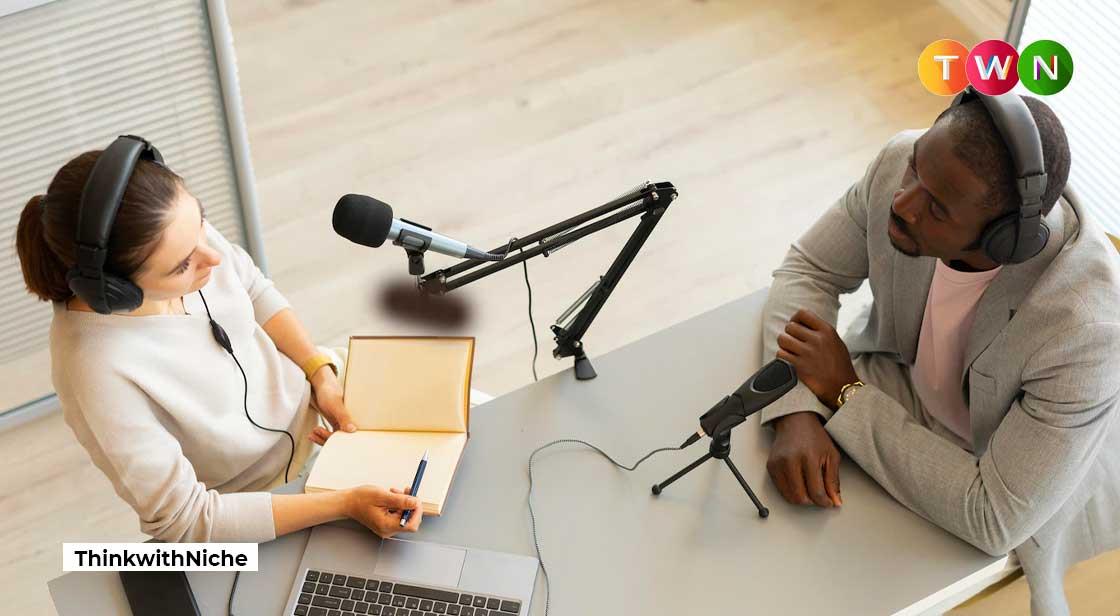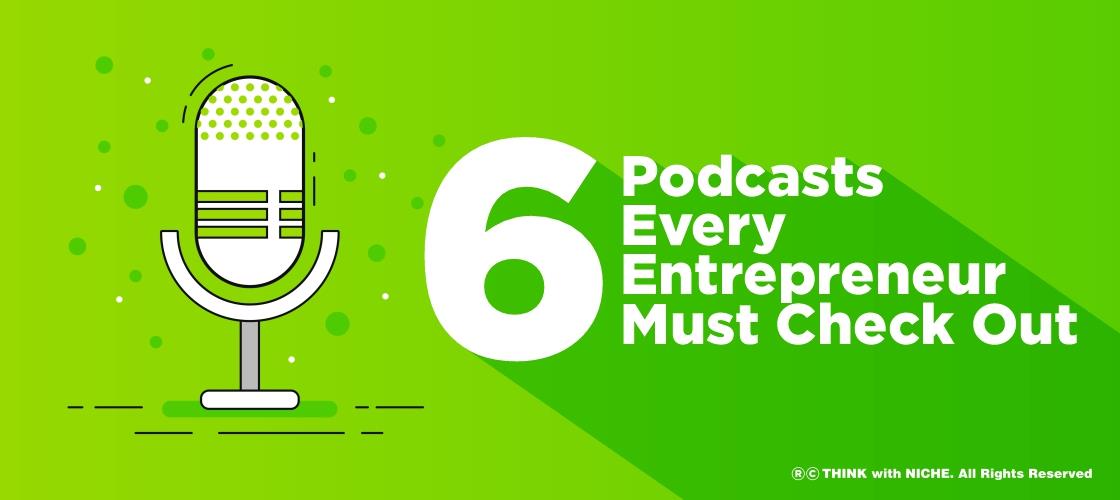How to Create a Podcast in 13 Simple Steps

Blog Post
Are you new to the world of podcasting? You may be wondering, "What exactly is a podcast?" And how do podcasts work? In this article, I'll explain what a podcast is, how they work, and how to start creating podcasts. #TWN
What is a Podcast?
A podcast is a collection or series of digital audio files that can be downloaded or streamed over the Internet. A podcast episode is a collection of audio recordings. Podcasts are usually hosted by one or more people who lead a discussion, share stories, or report on current events. A podcaster is a person who creates a podcast.
How Do Podcasts Work?
Podcasting is a user-friendly medium for both listeners and creators. Podcasters who want to start their own show can do so through a variety of platforms. Unlike traditional radio and television stations, which are frequently subject to regulations and approvals, several podcasting platforms allow self-publishing. Streaming apps such as Spotify, Stitcher, iTunes, Google Podcasts, and Apple Podcasts host podcasts (the podcast app that comes with iOS).
How to Listen to a Podcast
A podcast is similar to an on-demand Internet radio show for listeners. You can listen to podcast episodes using a podcast app or subscribe to podcasts online via an RSS feed (Rich Site Summary or Really Simple Syndication). Each time a new episode is released, podcast subscribers are notified. Most smartphones, including iPhones and Android devices, include a media player that allows you to subscribe to podcasts and stream or download podcast episodes.
How to Create a Podcast
It takes time to create, record, edit, and distribute a high-quality podcast. Consider the following general steps for creating your podcast.
Identify your Topic and Goals
Choose a podcast topic that is relevant to your interests and abilities. Make a list of your goals for creating a podcast. Podcasters produce content for a variety of reasons, including brand awareness, audience engagement, and the dissemination of information about a topic that is important to them.
Listen to Other Podcasts on your Topic
Investigate the best podcasts on your chosen topic. Listen to episodes, read reviews, look at average episode lengths, and learn more about the type of content that resonates with the subscriber base.
Develop your Format
Podcasts come in a variety of formats, such as interview talk shows, monologues, fiction, and nonfiction narratives. Determine how many podcast episodes you want to produce in your first season, as well as the length of each episode. Decide whether you'll be the sole podcast host or will collaborate with a co-host.
Choose a Title
After you've decided on a format, come up with a name for your podcast. Keep it direct and simple. Include important keywords that will improve search engine optimization (SEO) and help new listeners find your show based on the podcast's name.
Write a Script or Outline
Make some show notes, depending on the format of your podcast. Even if your podcast is in the form of a loose interview, a basic outline of talking points can help keep the conversation on track. Consider writing an intro to welcome new listeners to your show, as well as an outro with a request for reviews and subscriptions.
Gather the Necessary Podcast Equipment
You'll need podcasting equipment such as a microphone, pop filter, and headphones. To create your own audio content, you'll also need access to audio recording and editing software. You can find a variety of free audio editing programs online.
Prepare a Space for Recording
In a quiet area of your home, set up your podcast recording equipment. Cushions, curtains, and carpeting absorb echoing reverberations, which can reduce the quality of vocal audio.
Record your Podcast
Begin recording your first episode using your show notes as a guide. Be patient if you're a new podcaster—getting used to being in front of a microphone can take some time. Always have a glass of water on hand and take breaks as needed.
Edit your Audio
Begin by removing any unnecessary content. Edit out rambling sections to keep your podcast focused on your topic. Consider rearranging segments to make the episode's narrative thread as clear as possible. Any sound quality issues you notice during playback can be removed or fixed during postproduction.
Prepare your Podcast for Distribution
Write a summary of your show that includes SEO-friendly keywords. Create simple cover art or enlist the help of a graphic designer. Save your cover image in the appropriate file size—podcast cover art can range from 1400x1400 pixels to 3000x3000 pixels in size.
Upload your Audio Files to a Podcast Hosting Service
Podcast hosting platforms save your audio files and provide an RSS podcast feed with a link to your podcast. Buzzsprout, Castos, and Anchor are three popular podcast hosting services.
Submit your Show to Podcast Directories
Submit your show to podcast directories like Spotify, Apple Podcasts, Google Podcasts, and Stitcher using the RSS feed URL from your new podcast.
Market your Podcast
Make a website for your podcast and promote it on social media. Find online groups that are related to the topic of your podcast and join them. Invite other podcasters to co-host an episode if their interests are similar. Stay consistent with your release schedule and get creative with how you reach out to potential podcast listeners. Above all, upload new episodes regularly to expand your listener base.
If you liked reading this article, we have two more for you. Click on the link below to explore!
6 Podcasts Every Entrepreneur Must Check Out
You May Like
EDITOR’S CHOICE














